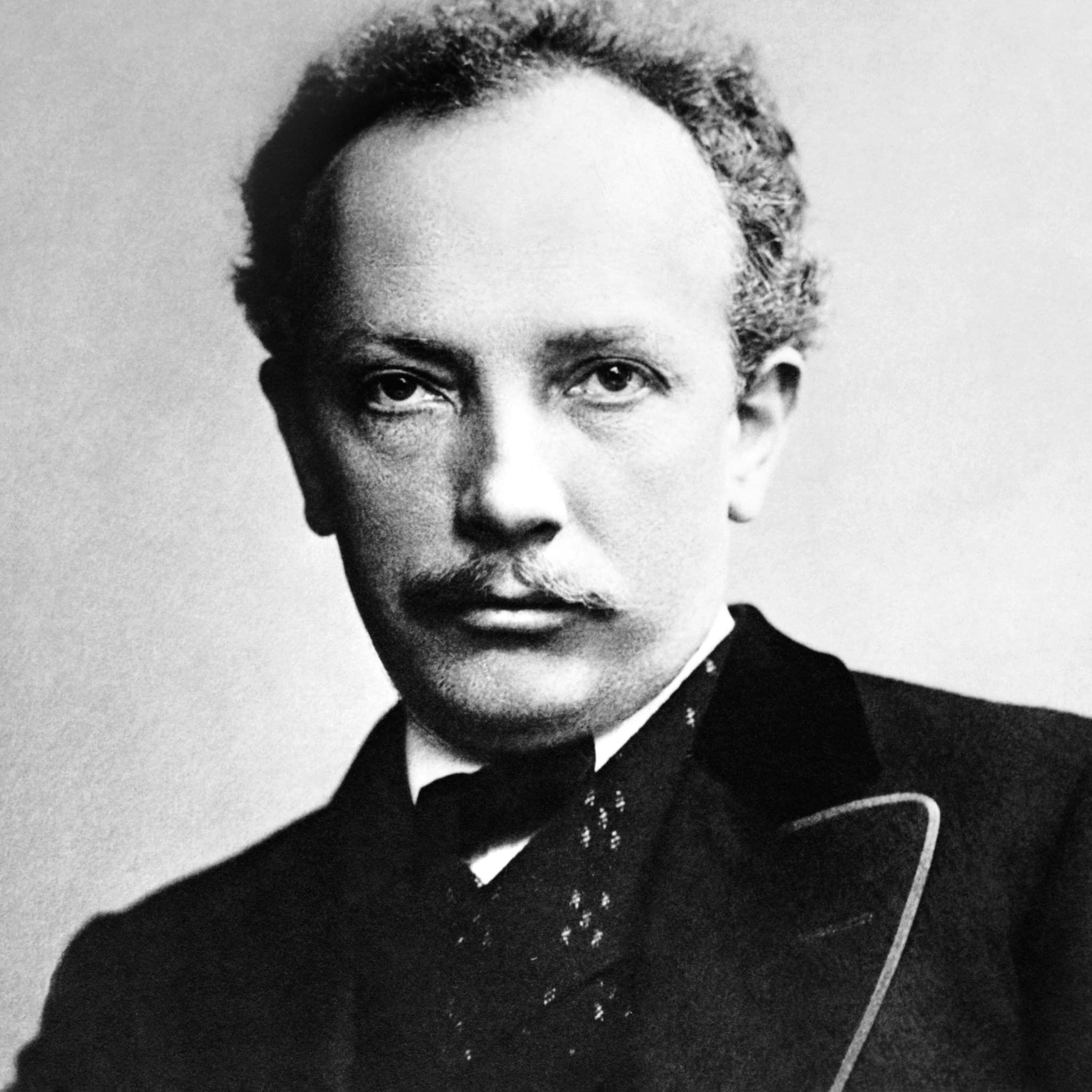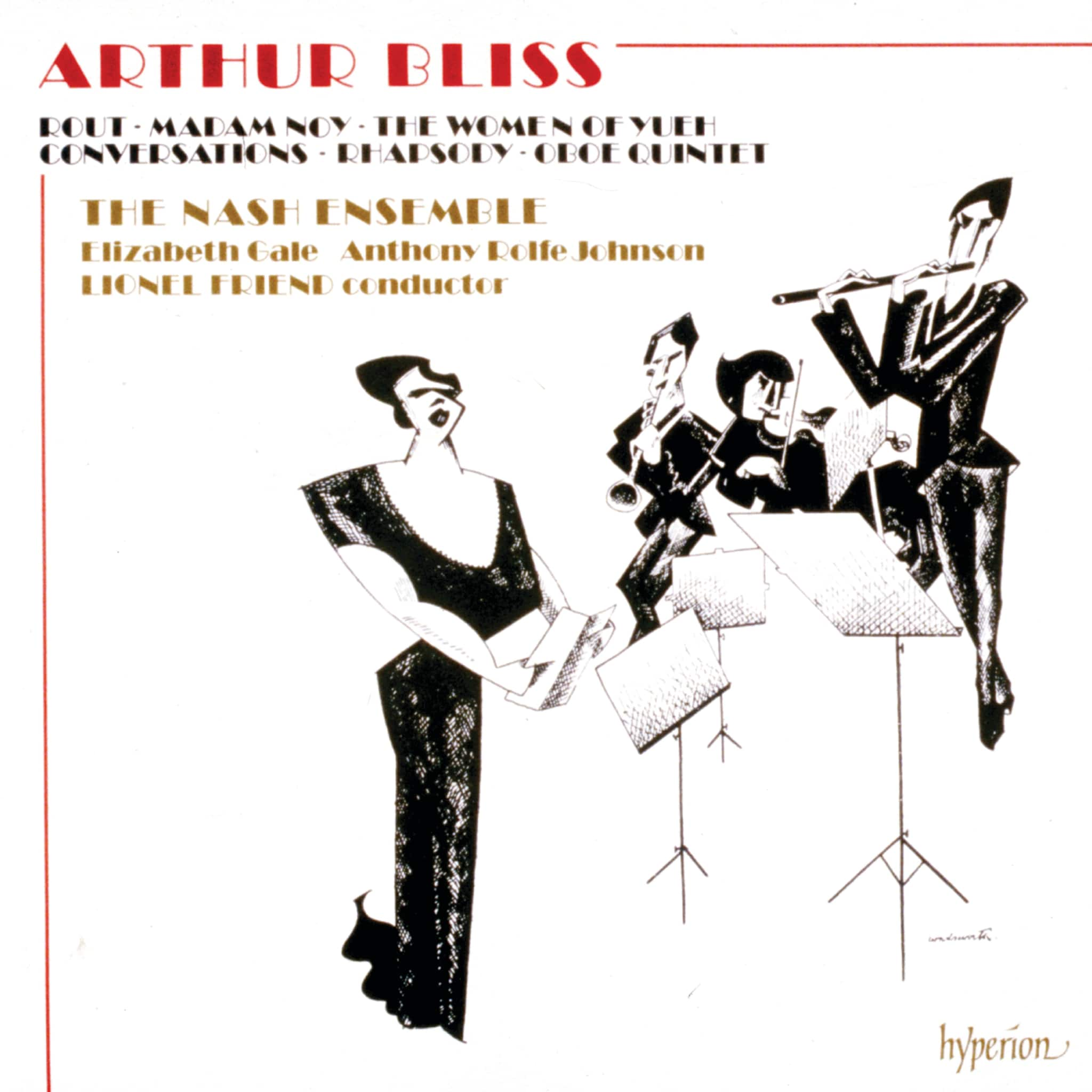Album insights
In 1819, music publisher Anton Diabelli sent out his own waltz to fifty composers, asking each to contribute a variation for a collective project. Initially disregarding the theme as mundane, Beethoven later responded with an exaggerated effort by conceiving twenty-three variations, less than the final count, showcasing his longest piano piece and one of his most intellectually challenging compositions. Through a recent analysis of Beethoven's music manuscripts from 1819, deeper insights were gained regarding the structure and significance of this grand work.
Throughout the composition process, Beethoven subtly altered or erased the overt similarities between the variations in his drafts, granting each completed variation a unique, distinct character. The waltz served as a reservoir of unrealized possibilities, from which the variations crafted an almost encyclopedic array of connections. The psychological complexity of the 'Diabelli' Variations predominantly stems from the tension between the initial ordinary theme and the seemingly boundless horizon unfolding through the variations.
Another striking aspect is Beethoven’s rich use of allusions, humor, and parodic elements. Mundane or repetitive features of the waltz theme, such as the tenfold repeated C major chords in the opening bars, are either mercilessly exaggerated, as seen in Variation 21, or dissolved into silence, as in Variation 13. Subtle components of the waltz theme, like the ornamental turning figure heard at the beginning, can acquire remarkable significance, as seen in Variations 9 and 11, which are entirely based on this motif. Several variations pay homage to Mozart, Bach, and other composers.
The work is structured into three distinct sections. The initial variations closely adhere to the basic aspects of the theme, progressively breaking free. Towards the end, in Beethoven's juxtaposition of two contrasting canonical variations (Nos. 19 and 20), this freedom evolves into disassociation until, in No. 21, the structural components of each variation half are contrasted.
By reintroducing Diabelli's theme with its intact melodious contours in Variations 1, 15, and 25, Beethoven cleverly made the waltz itself an indispensable foundation for the entire musical evolution. As we enter a transformed realm beyond Variation 28, where Diabelli's waltz seems distant, a series of slow variations culminate in a poignant Aria reminiscent of Bach's 'Goldberg' Variations and foreshadowing Chopin's style.
The work concludes with a delicate Mozartian minuet, leading to the subtlest variation, exhibiting parallels with Beethoven’s Op. 111 Sonata. The profound expressions within the 'Diabelli' Variations range from ironic caricature to the extraordinary transformation of the banal waltz, embodying an immense expressive range deeply interwoven with Beethoven's artistic legacy.





